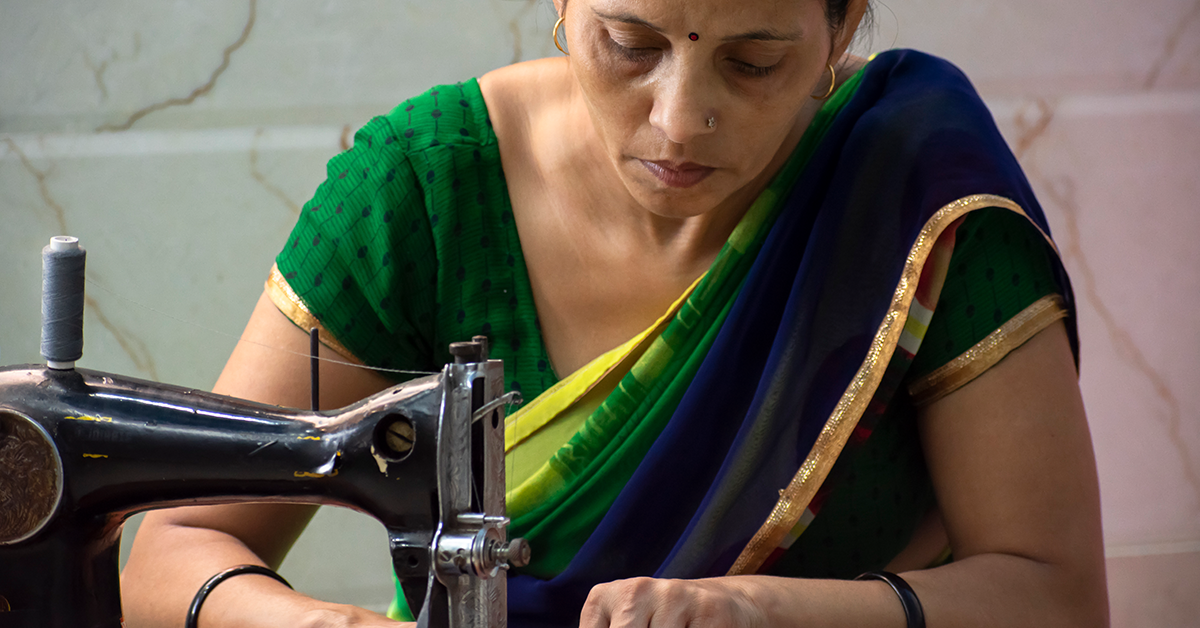Did you know that approximately four out of five people who have broken a bone aren’t investigated for osteoporosis nor had their osteoporosis treated.1 Bone loss is painless, gradual and usually there are no symptoms, so you can’t feel your bones becoming weak. That’s what happened to Savitri. Let’s find out more.
Last month, Savitri fell over in the shopping center and broke her ankle. At the hospital, Savitri was told that a broken bone from a minor fall like hers was a warning sign for osteoporosis. She was advised to see her family doctor and get an osteoporosis assessment. She was surprised, she thought she was pretty healthy for her 64 years – she exercises regularly, eats well and takes good care of herself. “Surely I can’t have osteoporosis, that’s a disease for old people” she thought.
As Savitri is over 50 and has already suffered a fragility fracture (a broken ankle), her doctor could make a diagnosis of osteoporosis straight away. It was also important to look into other reasons her bones were weak and do a simple bone scan to measure her bone density.2 This test is called a DEXA (dual energy x-ray absorptiometry). The test showed that Savitri ’s bone density was lower than normal and confirmed she had osteoporosis.
Her medical and family history also showed that Savitri had other risk factors for osteoporosis. “The doctor said that I had started menopause earlier than many other women, and we also realised that my mother could have had osteoporosis too as she broke her hip in her sixties”.
Savitri ’s doctor recommended starting a prescription medicine to treat osteoporosis. These medicines work in different ways depending on the type that is prescribed. Most work by making osteoclasts less active, these are the cells that break down bone. Osteoporosis treatment could reduce the risk of fracture by up to 70% depending on the type of fracture.3,4
Savitri now knows that to protect her bones and build her bone strength, the osteoporosis medicine her doctor has prescribed may need to be taken for many years.5 The loss of bone density has occurred over a long time and it will take time to rebuild that bone strength again.
Savitri is taking other steps to improve her bone strength. You can do these too.6,7
Make small and easy changes to your diet and lifestyle: eat calcium-rich foods, get enough vitamin D, limit your alcohol intake and stop smoking if you can.
Do regular exercise: weight bearing and muscle strengthening exercise helps to improve your strength and coordination, plus it can help to prevent falls.
Supplements can be helpful: calcium or vitamin D supplements can also help to maintain your bone health.
*Savitri is a fictitious patient



References – Savitri need not have a second fracture
1 International Osteoporosis Foundation. Facts and statistics. osteoporosis.foundation/facts-statistics
2 Camacho PM, et al. Endocr Pract 2016;22:1–42.
3 Kanis JA, et al. Osteoporos Int 2013;24:23–57.
4 Black DM, et al. N Engl J Med 2007;356:1809–22.
5 International Osteoporosis Foundation. Treatment. osteoporosis.foundation/patients/treatment
6 International Osteoporosis Foundation. Love your bones: Protect your future. 2016. osteoporosis.foundation/educational-hub/material/brochures
7 Healthy Bones Australia. Osteoporosis treatment and bone health. healthybonesaustralia.org.au.